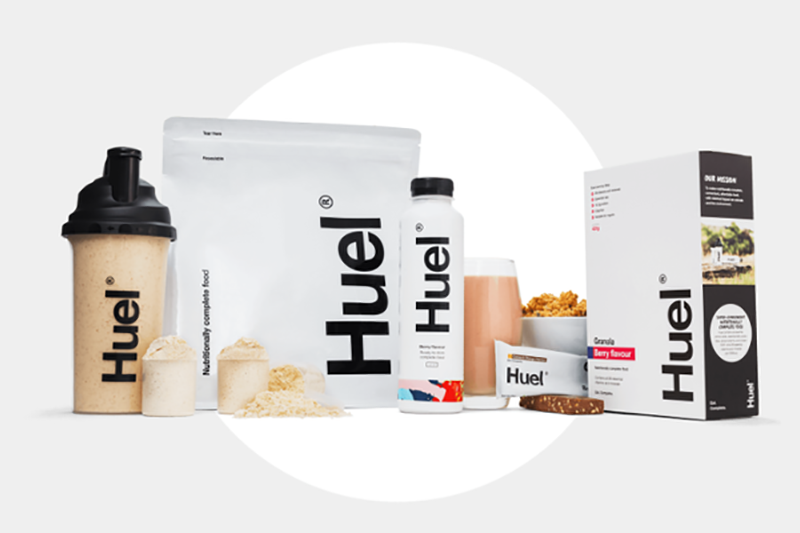Cheil’s most recent DRIVE evening focused on the ‘The home of the future now’. We gave our guests the opportunity look round a mock-up of the average home as it exists today. I then gave a talk on my perspective on the smart technology that is shaping our living spaces.
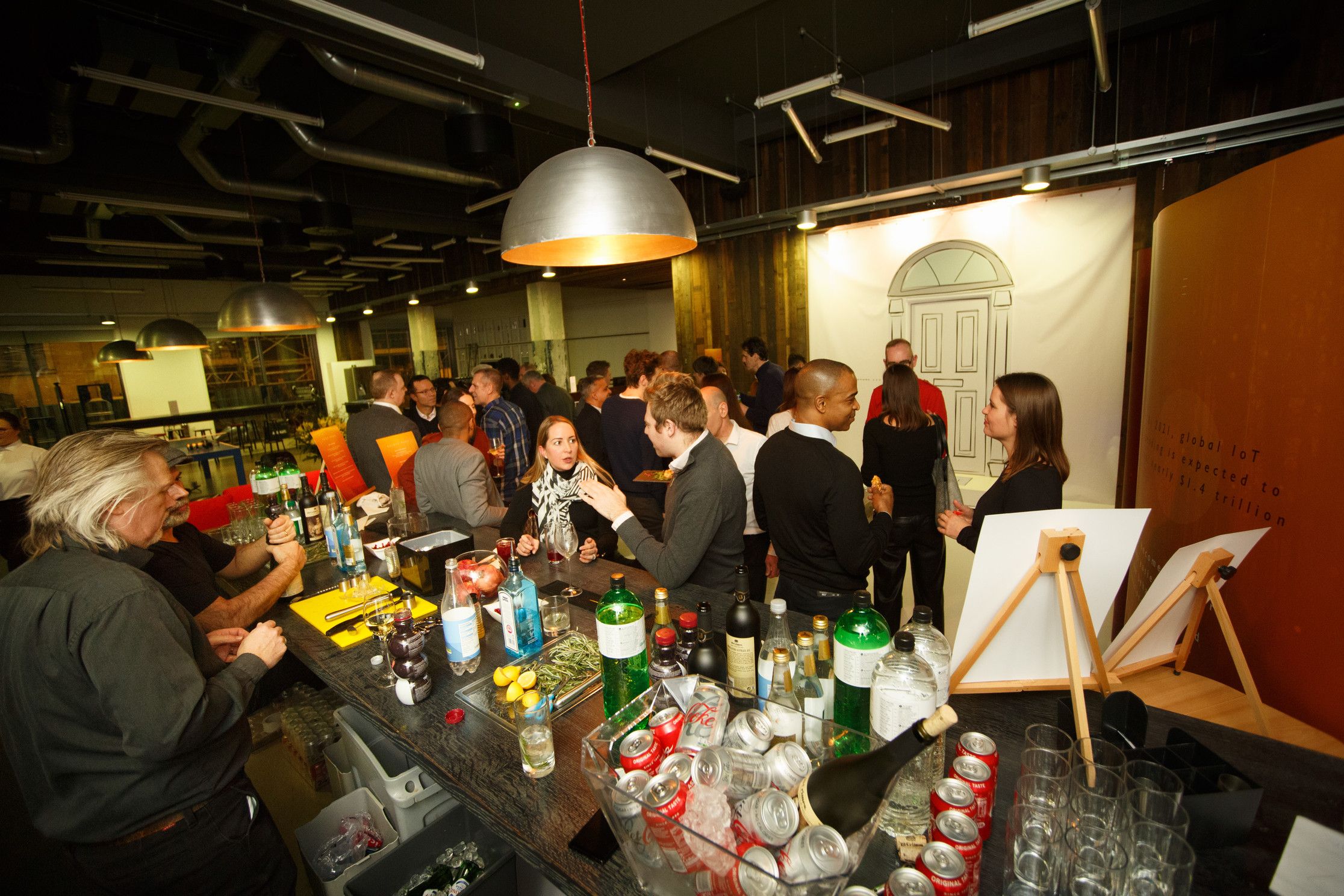
To help guests tune in to behaviours of the average household everyone at DRIVE was served a tasty Chicken Tikka Masala – the most usual meal to sit down to while watching the TV. But to make sure everyone got the ‘smart’ message they were served canapés and drinks created with superfood ingredients to power up their brains.
The discussion that followed focussed on where the opportunities lie for brands within the connected home environment, sparking everyone’s interest and participation.
Are you living in a streamlined dream home filled with sensor-equipped tech responsive to your every request? Including one of those AI-powered laundry folding machines?
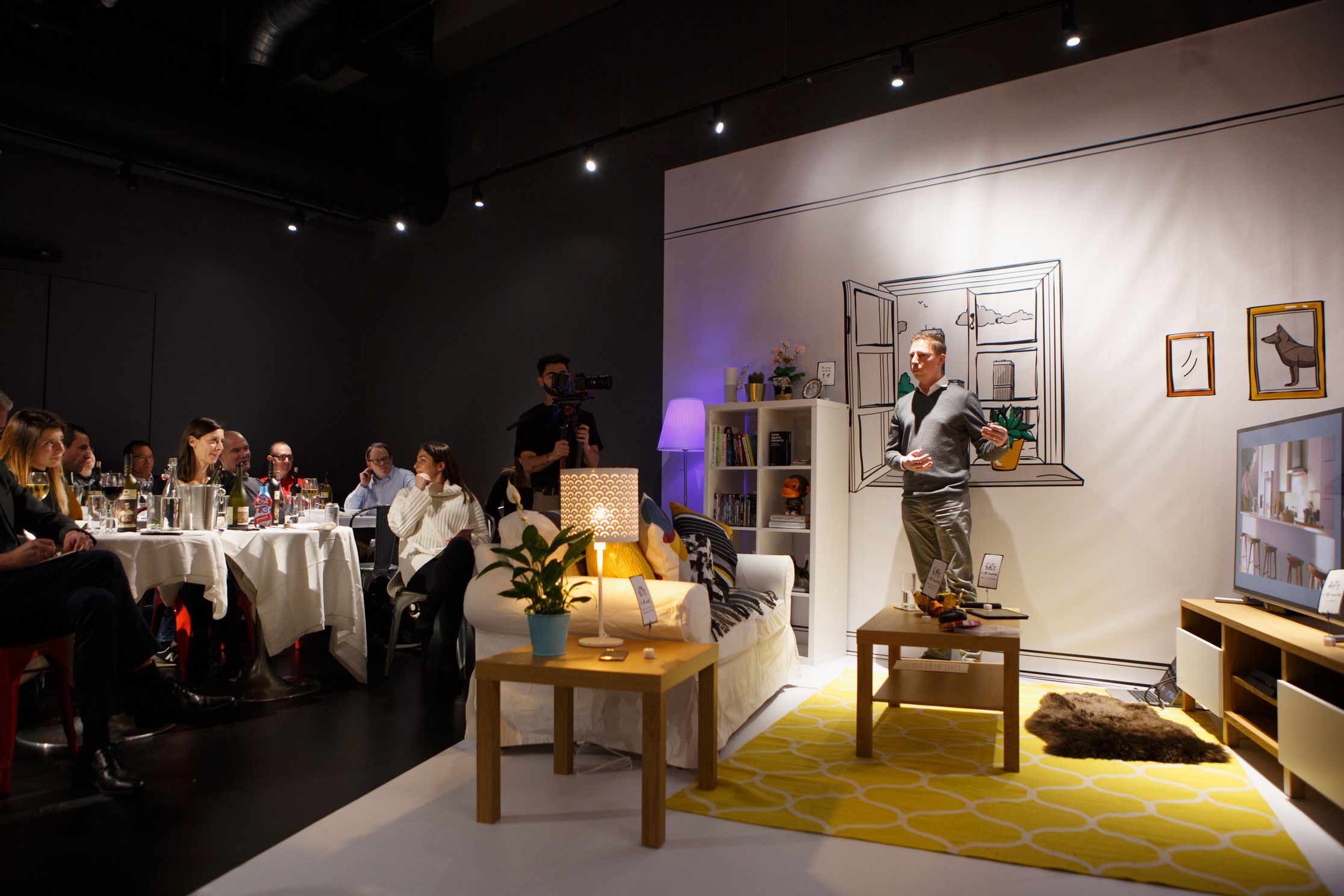
Thought not. Step into the average household and you are still more likely to find a drawer full of board games, a shelf with a few DVDs knocking around and an ironing board with corded iron in the corner.
While the media and numerous exhibitors at tech shows are still entranced by a utopian vision of a home of the future akin to something you’d find in 60s TV show The Jetsons. It’s our job to deal with reality as experienced by the average household and to try to find the opportunities that people’s current relationship with ‘smart’ technology presents to brands and businesses.
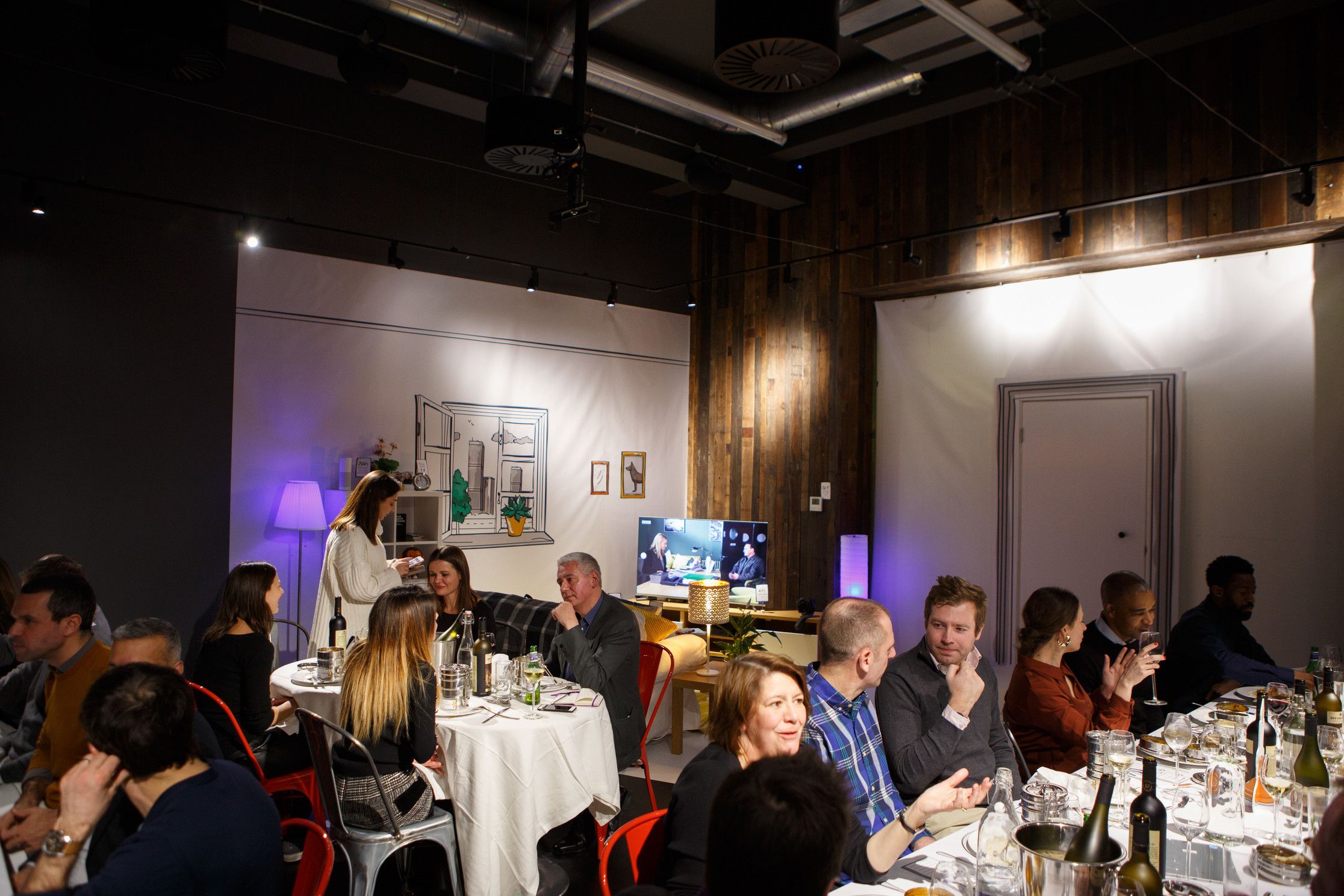
Households today have on average five connected devices. Ranging in popularity, they are likely to include connected entertainment like TVs and games consoles, smart speakers, health devices like Fitbits, smart energy systems and integrated security devices. It’s important to know what people want from connected devices and it’s not rocket science to deduce they want technology to help make their lives easier or they value specific functionality to get tasks done.
Any brand that can demonstrate their usefulness at key moments starts taking on the role of a lifestyle partner and becomes more embedded in the day to day life – with the loyalty and lifetime value that can bring. For example, just selling a smart plug without a use case won’t grab attention. Show that it means the absent-minded can turn off hair straighteners once they’ve left home and you are showing utility. And it’s important to note that brands don’t have to be a manufacturer of connected products to get involved.
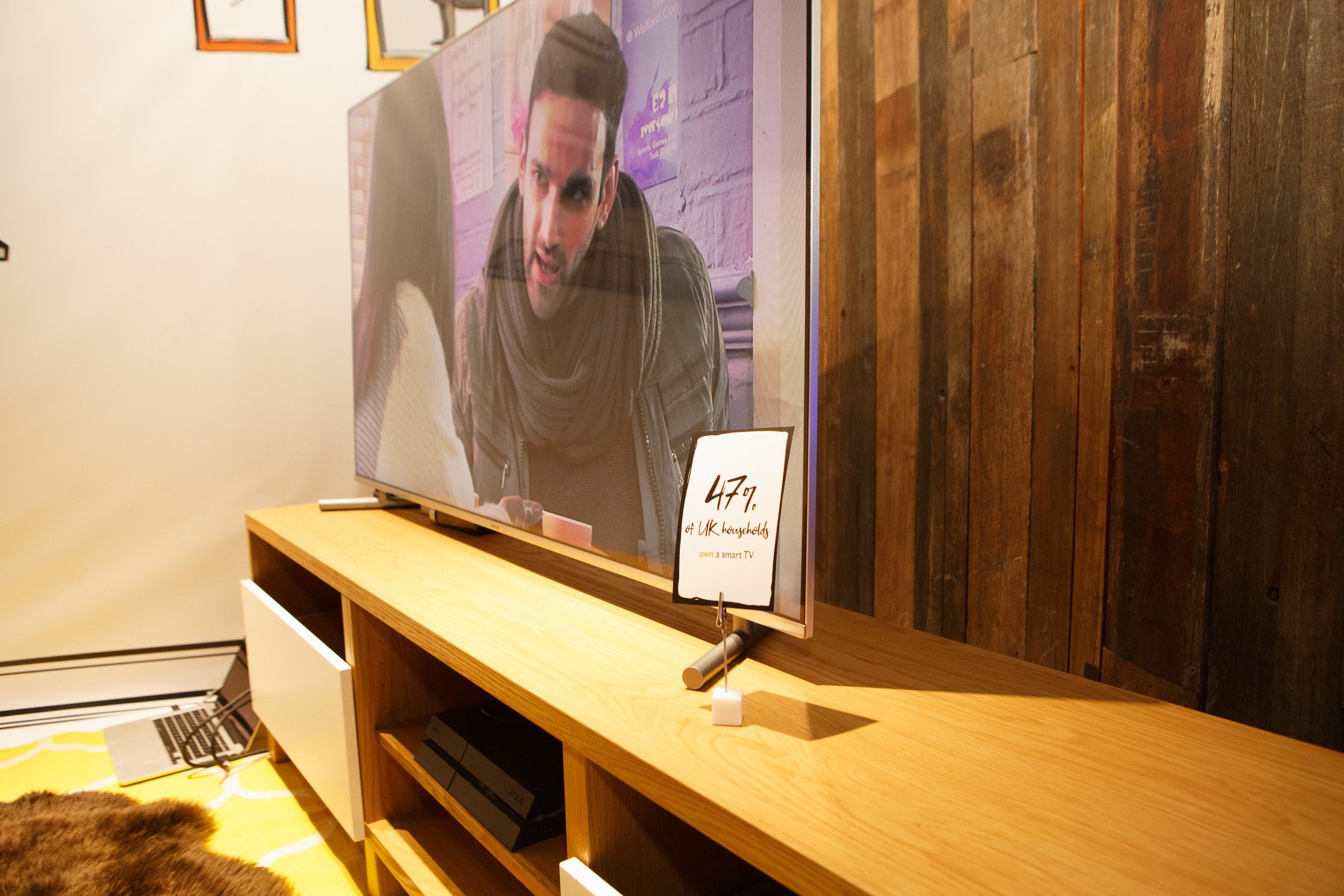
TVs are probably the most familiar of connected devices and offer opportunities for targeted ads and data collection, but more innovative ideas can be found elsewhere. I like pizza, I like gaming – and I’m in good company as there are 31.6 million people playing games in the UK, over half the online population. Dominos showed its smarts with an app created for the X Box that allowed a gamer to build their pizza, order it and track it to the front door without having to break off too long from their gaming passion.
The device I think will make the most impact over the next couple of years in introducing people to the concept of the connected home will be smart speakers, dominated by Amazon Echo and Google Home. Ownership has more than doubled in the past year, according to stats released before Christmas. Speakers were expected to be one of the big Christmas gifts too, so the user base is rising all the time.
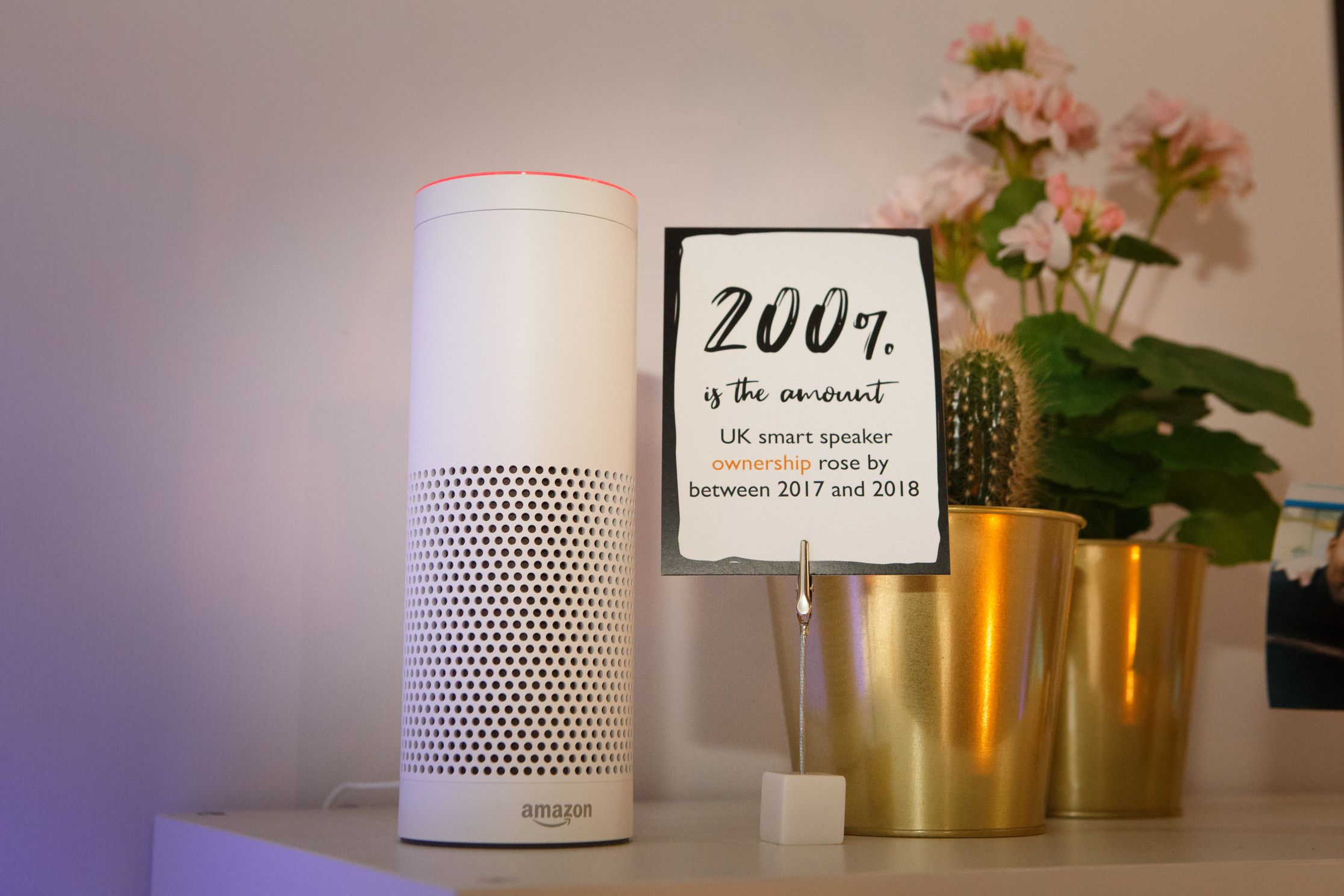
Brands should look at the desirable demographics involved – smart speaker owners are more likely to have a high income compared to the national average , over-index in the desirable 25-44 age group, more likely to own their own home and more likely to have children.[i]
Brands are already creating ‘skills’ to build their engagement via these devices – but to become more than mere background noise these skills need to offer some surprise, delight and real utility. My current favourite is Diageo’s ‘The Bar’ for the Amazon Echo Show – it helps me create cocktails and gives me some suggestions when I’m at a loss or want an alternative to my go-to of Manhattan.
Consumer should migrate from familiarity with smart speakers to the concept of ‘If this, then that’. Smart lighting linked to other devices like the doorbell could prove very useful – if you have headphone son to listen to music or play games and the doorbell goes you won’t hear it. But lights could be ordered to flash and alert you when there is a visitor.
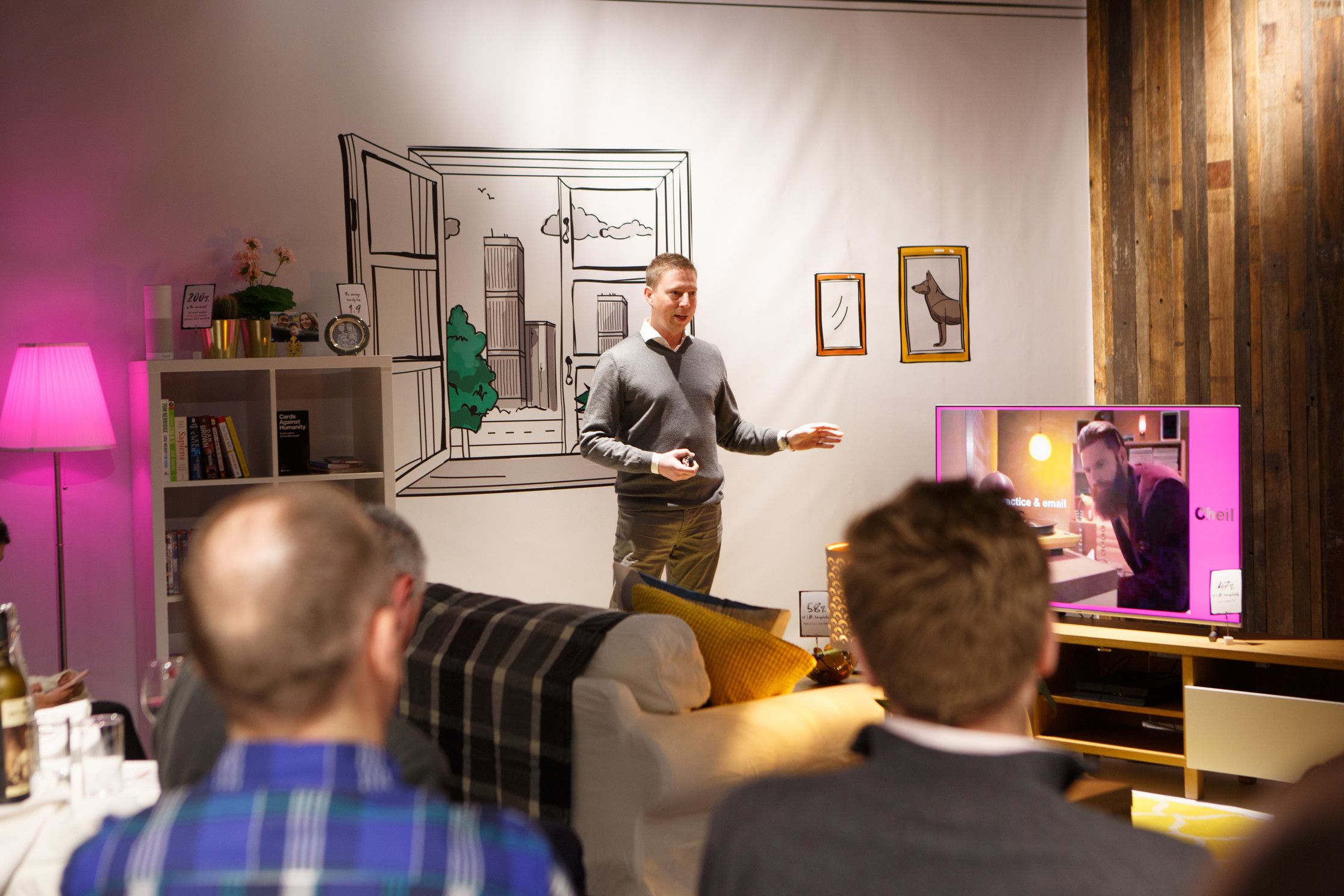
In summary, the notion of the ‘connected home’ is registering with people (74% of UK consumers are aware of the idea) [ii]. But the category and its commentators must make sure they don’t sow confusion by making this new world of ‘smart’ devices and domiciles seem overly-complex.
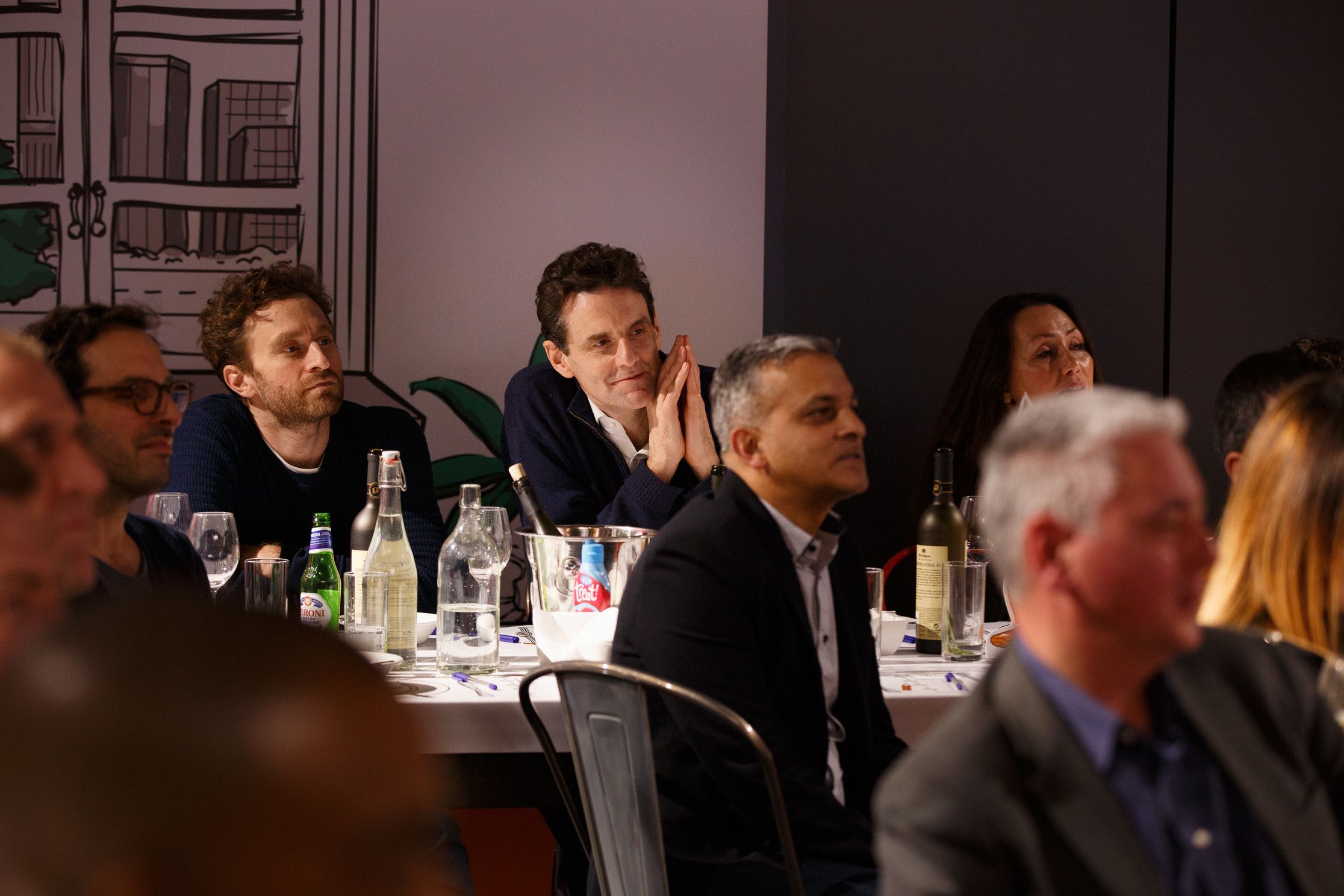
There are also some fears swirling around the category. These include the perceived cost of connected home products, concerns about personal privacy and worries about interoperability –all challenges that the industry must address.
But if brands understand the context – they are coming into a very personal space – and how they can make themselves valuable in significant moments, then the opportunities for a rewarding relationship via smart devices can only grow.
Our DRIVE evenings are created for a handful of senior marketing leaders, to help keep them ahead of technological change in the industry. If you would like to know more about how to join us please contact Victoria Sinclair: v.sinclair@cheil.com
[i] YouGov: Dawn of the connected home 2018
[ii] TechUK, State of the Connected Home



